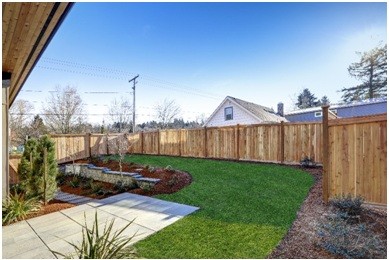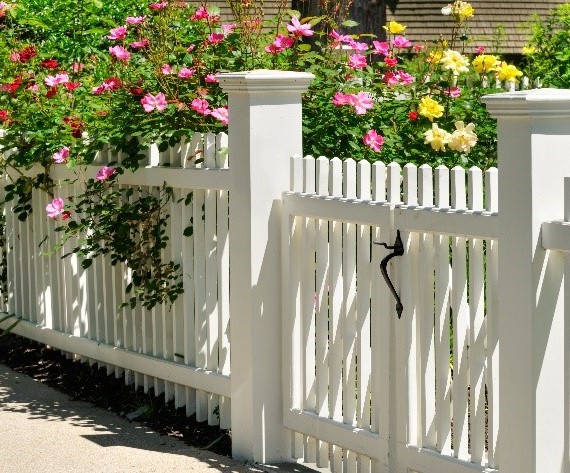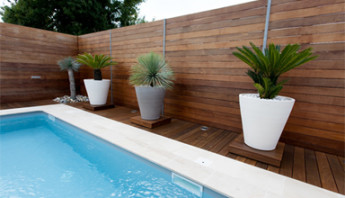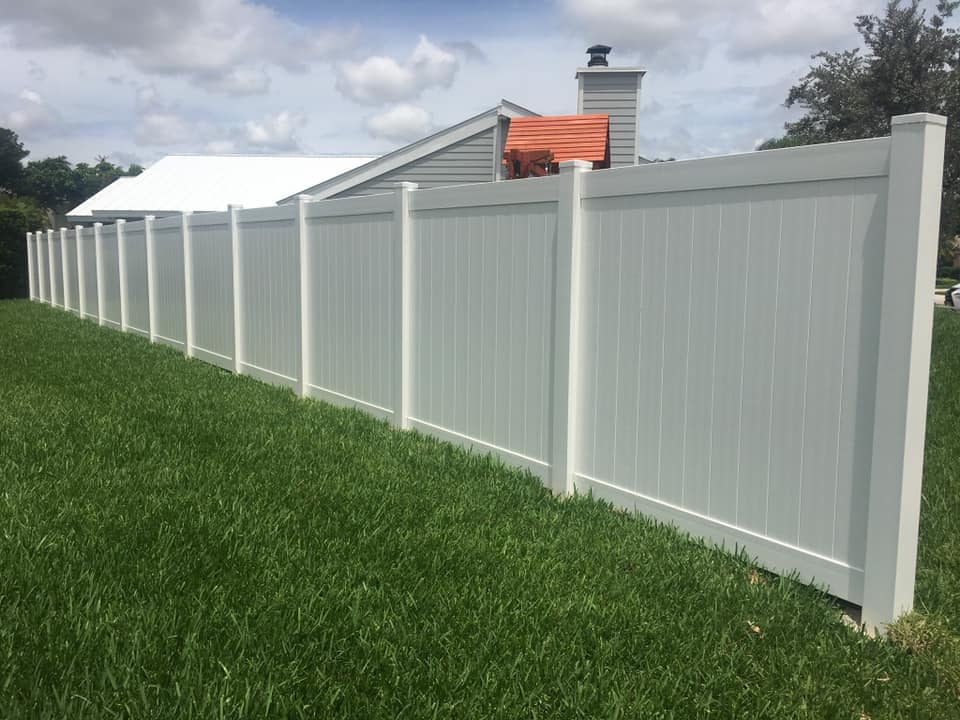Fences are the silent guardians of our properties, facing the brunt of nature’s fury during extreme weather conditions. Whether it’s the howling winds of a storm, heavy rain, or the weight of snow, understanding how to protect and maintain your fence during such events is crucial. In this guide, we’ll offer valuable tips on safeguarding your fence, discuss how different materials respond to various weather conditions, and provide advice on repairs after facing nature’s wrath.
- Protecting Your Fence During Storms, Heavy Rain, or Snow:
Secure Loose Items: Before extreme weather hits, secure any loose items around your yard. Store outdoor furniture, garden tools, and other objects that could become projectiles during strong winds.
Trim Overhanging Branches: Trim overhanging branches that could potentially fall onto your fence during storms. This proactive measure minimizes the risk of damage from falling debris.
Remove Debris: Regularly clean and clear debris from around your fence. Fallen leaves, branches, and other debris can accumulate, causing drainage issues and potential damage.
Temporary Support Structures: In anticipation of severe weather, consider installing temporary support structures, such as braces or anchors, to reinforce fence posts and panels.
- How Different Materials Respond to Various Weather Conditions:
Wooden Fences:
Wooden fences are susceptible to rot and warping during heavy rain.
Apply a weather-resistant sealant or stain to protect against moisture.
Inspect for signs of rot and address promptly by replacing damaged sections.
Vinyl Fences:
Vinyl is generally resistant to moisture and doesn’t rot.
However, extreme temperature changes can cause expansion and contraction, leading to warping.
Inspect for warping or bending after extreme weather events and address as needed.
Metal Fences:
Metal fences, especially wrought iron, are prone to rust during heavy rain.
Regularly inspect for rust and treat affected areas with rust-resistant paint.
After storms, check for bent or damaged sections and repair promptly.
Chain-Link Fences:
Chain-link fences are durable but can be damaged by falling debris during storms.
Inspect for bent or damaged links, and repair or replace as necessary.
Ensure proper tension in the chain links to prevent sagging.
- Advice on Repairs After Extreme Weather Events:
Assess the Damage: After extreme weather, carefully assess the damage to your fence. Look for signs of leaning or instability, broken panels, or bent posts.
Immediate Repairs: Address any immediate issues to prevent further damage. Secure loose panels, replace damaged sections, and straighten leaning posts.
Document for Insurance: If the damage is significant, document it thoroughly for insurance purposes. Take photographs and keep a record of the damage to facilitate the claims process.
Professional Inspection: For extensive damage or if you’re uncertain about the structural integrity of your fence, consider hiring a professional for a thorough inspection and repairs.
In conclusion, maintaining your fence during extreme weather conditions requires proactive measures, material-specific care, and prompt repairs. By implementing these tips, you can minimize the impact of storms, heavy rain, or snow on your fence, ensuring its longevity and continued effectiveness as a protective barrier for your property. Remember, a well-maintained fence not only withstands the elements but also enhances the overall aesthetics of your outdoor space.
Zepco Fence…South Florida’s Premier Fence Company
Since 1981 Zepco Fence has been providing superior quality fence products and installations to all of South Florida Residential and Commercial Property owners.
Serving all of Broward and Palm Beach County areas, we are the #1 Fence Company in South Florida.
We encourage you to contact us below to get started with a free estimate on your next fence project.
Call Today at 954-410-9570





